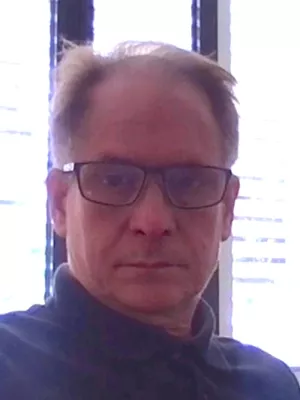
Joakim Cederkäll
Professor

Simulations of light collection in long tapered CsI(Tl) scintillators using real crystal surface data and comparisons to measurement
Author
Summary, in English
Simulation results for light transport in long tapered CsI(Tl) crystals using look-up tables (LUTs) are presented. The LUTs were derived from the topography of a polished and a lapped surface of a CsI(Tl) crystal measured with atomic force microscopy. Simulations with different combinations of polished and lapped surfaces were performed, to extract the non-uniformity of light collection depending on the interaction point, and compared to experimental results. The simulations reproduce the general trend given by the measurements, and show that more homogeneous light collection is attained when all lateral sides of the crystal are lapped. For the lapped crystal the simulation model is most sensitive to the reflectivity of the enhanced specular reflector (ESR) foil surrounding the crystal, which is one of several properties influencing the light transport examined in this study. The sensitivity of the light-output non-uniformity to variations in the absorption length observed in a batch of CsI(Tl) crystals in a previous study is also discussed. Residual differences between the simulation and the measurements can potentially be attributed to the scattering of scintillation photons inside the materials used. Additional measurements to further advance the construction of the simulation model are suggested.
Department/s
- Nuclear physics
- Department of Chemistry
- Synchrotron Radiation Research
- NanoLund: Centre for Nanoscience
- Chemical Physics
Publishing year
2021-04-01
Language
English
Publication/Series
Nuclear Instruments & Methods in Physics Research. Section A: Accelerators, Spectrometers, Detectors, and Associated Equipment
Volume
1003
Document type
Journal article
Publisher
Elsevier
Topic
- Subatomic Physics
Keywords
- Calorimeters
- Scintillators
- Absorption length
- Surface topography
- Simulation of light transport
Status
Published
ISBN/ISSN/Other
- ISSN: 0168-9002

